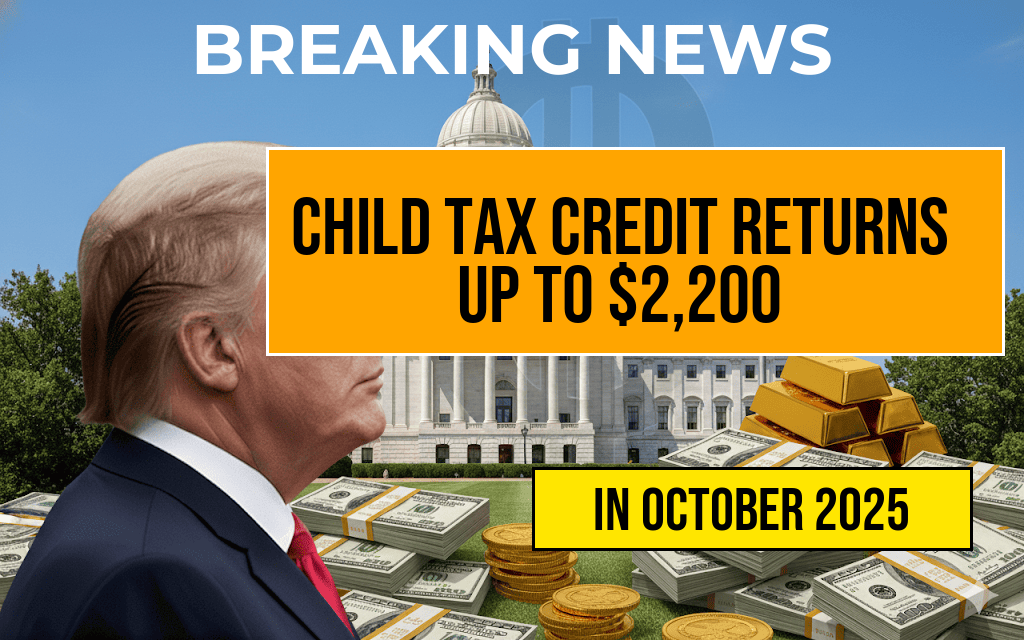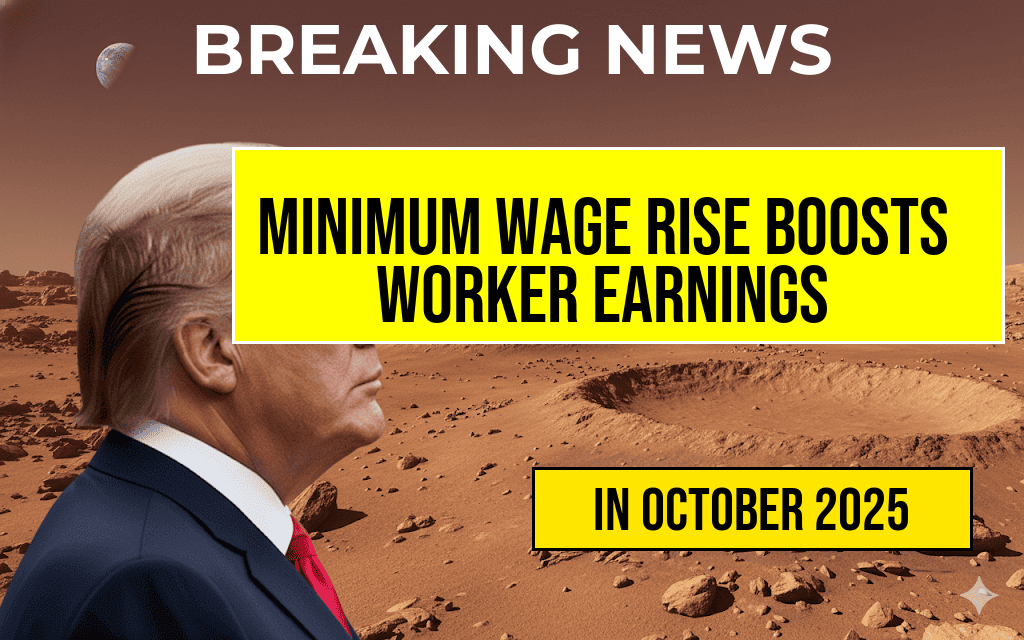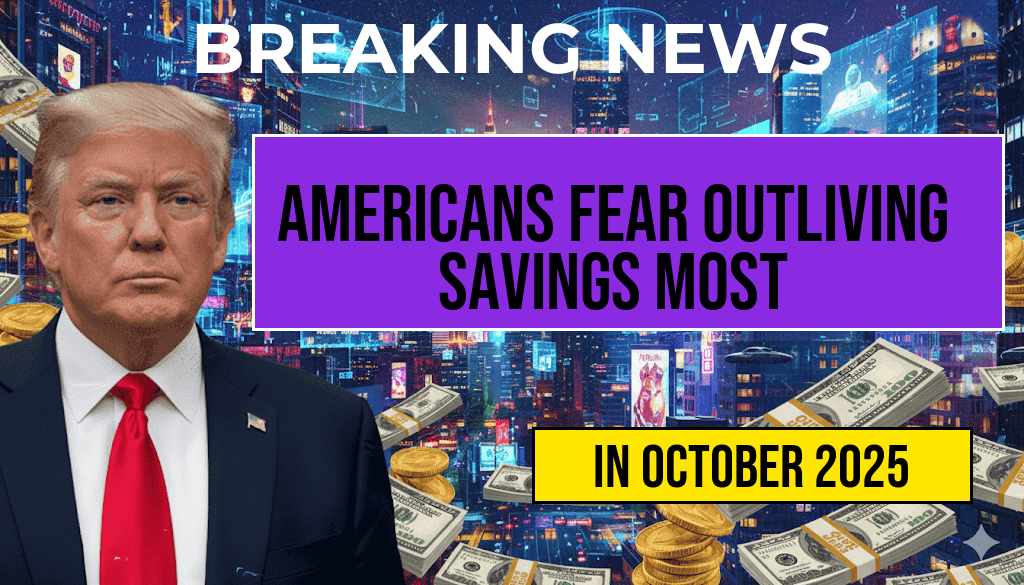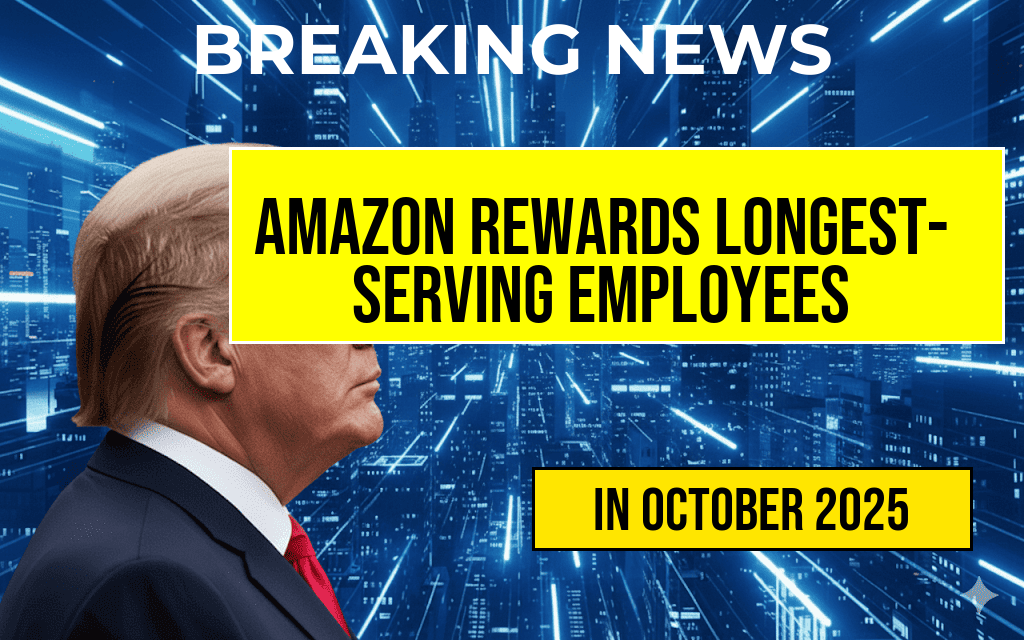The federal government’s decision to raise the minimum wage to $15 an hour is projected to significantly boost the earnings of millions of American workers. According to a recent study conducted by the Economic Policy Institute, approximately 32 million employees across various industries are expected to see an average annual income increase of about $3,300. This change aims to address longstanding disparities in wages, improve living standards, and stimulate economic activity. The wage hike, which took effect earlier this year, comes amid ongoing debates over its potential impacts on employment levels, inflation, and business competitiveness.
Impact on Workers and the Economy
Substantial Gains for Low-Income Earners
The study estimates that the federal minimum wage increase will directly benefit millions working in sectors such as retail, hospitality, and healthcare — often the backbone of the nation’s low-wage workforce. The average boost of $3,300 annually translates to increased purchasing power, helping families better afford essentials like housing, healthcare, and education. For example, a worker earning the previous minimum wage of $7.25 per hour working full-time would see their annual income rise from roughly $15,000 to over $18,300.
Industry-Wide Effects and Business Responses
While many workers stand to gain, some small business owners express concerns about the increased labor costs. A survey conducted by the Small Business Association indicates that approximately 45% of small business operators foresee challenges in maintaining profitability, especially in industries with thin profit margins. However, proponents argue that increased wages can lead to higher employee retention, productivity, and reduced turnover costs, ultimately benefiting employers as well.
Regional Variations and Cost of Living
| State | Number of Affected Workers | Average Annual Increase |
|---|---|---|
| California | 4.2 million | $3,900 |
| Texas | 3.1 million | $3,100 |
| Florida | 2.4 million | $3,200 |
| New York | 2.0 million | $3,500 |
| Other States | 20.3 million | $3,200 |
The earnings boost varies notably across regions, correlating with local living costs. In high-cost areas such as California and New York, the increase in wages can help offset the higher expenses associated with housing and transportation. Conversely, in states with lower living costs, the wage adjustment may have a more modest economic impact but still provides meaningful support for low-income households.
Policy Context and Future Considerations
Federal vs. State Minimum Wages
While the federal minimum wage has risen to $15, several states and municipalities have adopted higher rates or plan to implement them gradually. California, for example, set a statewide minimum wage of $15.50 for large employers, with plans for future increases. This patchwork of wage policies reflects ongoing debates about the optimal level of minimum wages and their effects on employment and economic growth.
Potential Challenges and Criticisms
Detractors argue that the increase could lead to reduced hiring or increased automation, especially for entry-level positions. Economists remain divided on these issues, with some studies suggesting minimal long-term employment effects, while others highlight potential risks for small businesses and vulnerable workers. Policymakers continue to monitor the situation, considering complementary measures such as tax credits and workforce training programs to mitigate adverse impacts.
Broader Economic Implications
Advocates for the wage hike emphasize that putting more money into the hands of lower-income workers can stimulate demand, support local businesses, and reduce reliance on social safety net programs. The Congressional Budget Office estimates that increasing the minimum wage could boost consumer spending by billions annually, fostering broader economic resilience.
Key Takeaways
- Approximately 32 million workers will see an average annual earnings increase of $3,300 due to the federal minimum wage rise.
- The wage hike is expected to improve living standards for low-income families, particularly in high-cost states.
- While some small businesses express concerns, many recognize potential benefits in employee retention and productivity.
- Regional disparities influence the magnitude of economic impacts, with higher costs of living correlating with larger wage increases.
- Ongoing policy debates focus on balancing wage growth with employment sustainability and economic competitiveness.
As the nation continues to evaluate the outcomes of this significant policy change, authorities and stakeholders are watching closely for signs of economic shifts. The move to a $15 minimum wage marks a notable step toward addressing wage inequality, though its long-term effects will depend on complementary policies and evolving economic conditions. For more details on minimum wage policies and their implications, visit Wikipedia’s overview of U.S. minimum wages or explore analyses at Forbes.
Frequently Asked Questions
What is the main focus of the federal minimum wage increase?
The article discusses the federal minimum wage increase to fifteen dollars and its projected impact on workers’ earnings, specifically highlighting an average annual earnings boost of three thousand three hundred dollars for thirty-two million workers.
How many workers are expected to benefit from the minimum wage increase?
The study estimates that approximately thirty-two million workers will experience an increase in their annual earnings as a result of the wage hike.
What is the predicted average increase in annual earnings due to the wage hike?
The article predicts an average annual earnings boost of three thousand three hundred dollars for workers affected by the minimum wage increase.
Which workers are most likely to benefit from the wage increase?
Workers earning near the federal minimum wage across various industries are expected to benefit the most from the increase to fifteen dollars per hour.
What are the potential economic implications of this wage increase?
The wage increase could lead to improved living standards for millions of workers, potentially impact business costs, and influence overall economic growth.









